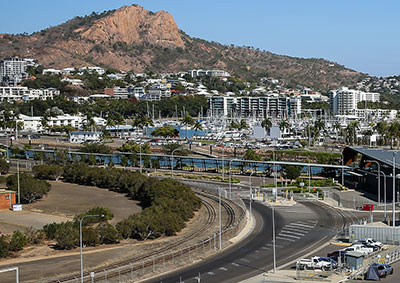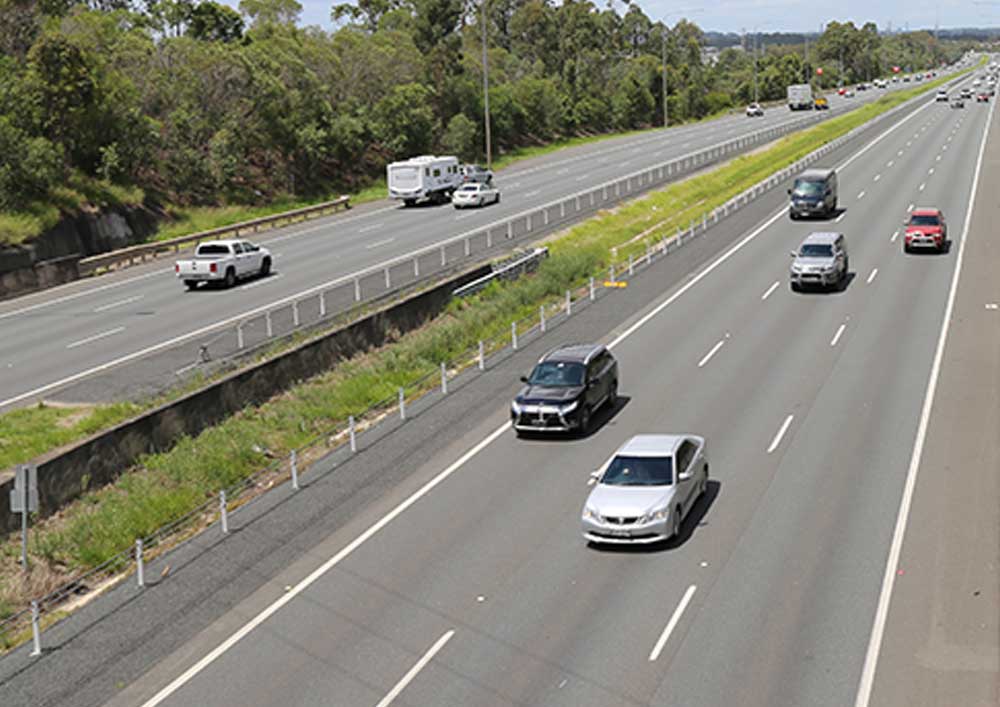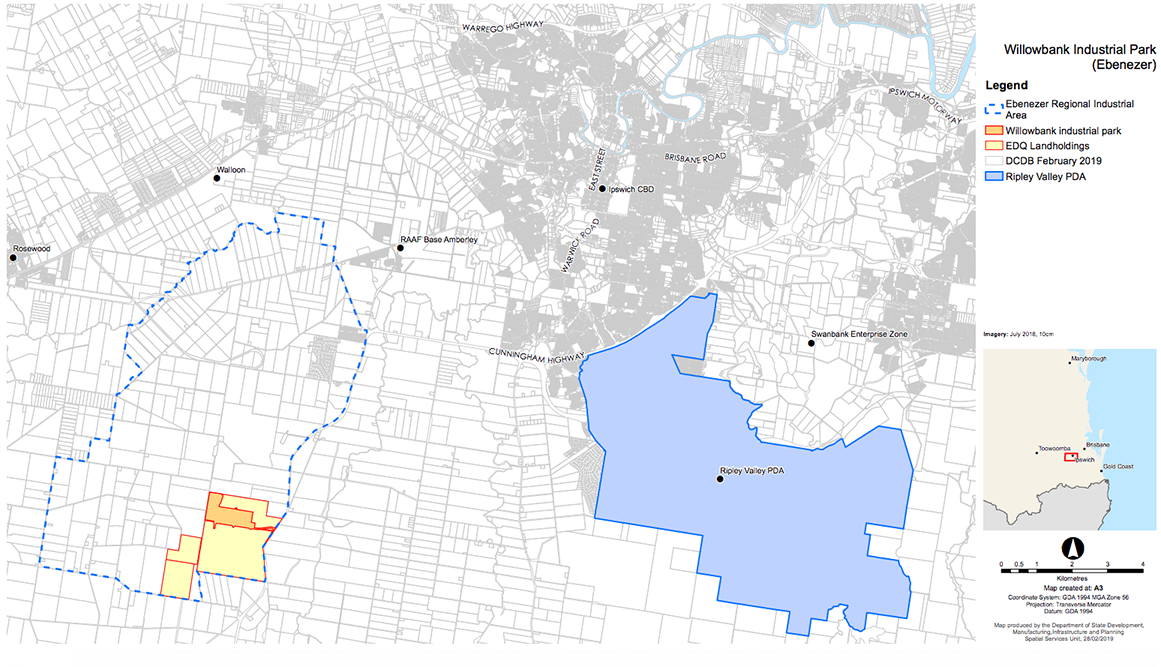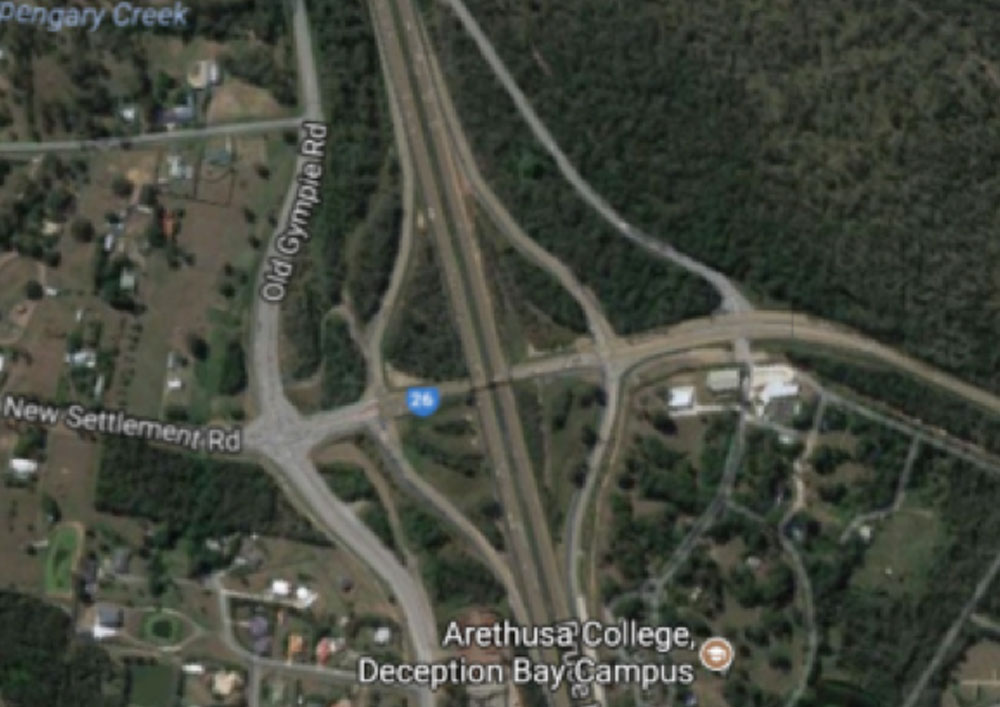
Townsville Eastern Access Rail Corridor
Building Queensland completed the detailed business case for the Townsville Eastern Access Rail Corridor (TEARC) in late 2017.
Developed in partnership with the Department of Transport and Main Roads, the detailed business case investigated the viability of a new 8.3-kilometre freight rail link connecting the Mount Isa Line to the North Coast line, through the Townsville State Development Area, to the Port of Townsville.
A key focus of the analysis was estimating future demand and freight capacity along the whole supply chain. Building Queensland’s business case concluded that the costs of proceeding with the new line at this time would significantly outweigh the benefits of reduced road delays and a marginal increase in rail efficiency. The project capital cost estimate is $391.7 million (nominal P90) and $457.7 million whole-of-life (nominal P90).
The preservation and development of the rail corridor and associated investment in other parts of the supply chain were referred to the Queensland Government for further consideration.
In April 2018, the Queensland Government announced it accepted Building Queensland’s advice and is undertaking actions to preserve the corridor—a move that will significantly reduce the future financial costs of delivering the project when it is needed.
View the TEARC Detailed Business Case in full.
Alternatively, you can view the business case by chapter:
Executive summary
Chapter 1 – Introduction
Chapter 2 – Strategic context
Chapter 3 – Defining the service need
Chapter 4 – Demand forecasts
Chapter 5 – Base case, options analysis and recommended solution
Chapter 6 – Risk management
Chapter 7 – Economic analysis
Chapter 8 – Financial and commercial analysis
Chapter 9 – Delivery model analysis
Chapter 10 – Market considerations
Chapter 11 – Legal and regulatory approvals assessment
Chapter 12 – Public interest considerations
Chapter 13 – Environmental assessments and approvals
Chapter 14 – Social impact evaluation
Chapter 15 – Sustainability assessment
Chapter 16 – Affordability analysis
Chapter 17 – Conclusions
Chapter 18 – Assurance
Chapter 19 – Implementation plan
Chapter 20 – Recommendations
Chapter 21 – References
Chapter 22 – Glossary of terms
A summary of the cost benefit analysis, as detailed in Chapter 7 – Economic analysis, is available here.
All Completed Business Cases
Bruce Highway – Maroochydore Road Interchange Upgrade
The main drivers for the Bruce Highway Maroochydore Interchange Project are congestion and safety.

Ebenezer Regional Industrial Area
The Ebenezer Regional Industrial Area is a proposed manufacturing hub located 15 kilometres south west of Ipswich City Centre around Ebenezer.

Bruce Highway – Deception Bay Road Interchange Stage 1 (Package 3)
Building Queensland led the development of the Bruce Highway Deception Bay Road Interchange Detailed Business Case in partnership with the Department of Transport and Main Roads. The business case investigated the following enhancements to reduce congestion and improve safety: replacement of the existing two-lane Deception Bay Road bridge over the Bruce Highway with two 4 […]